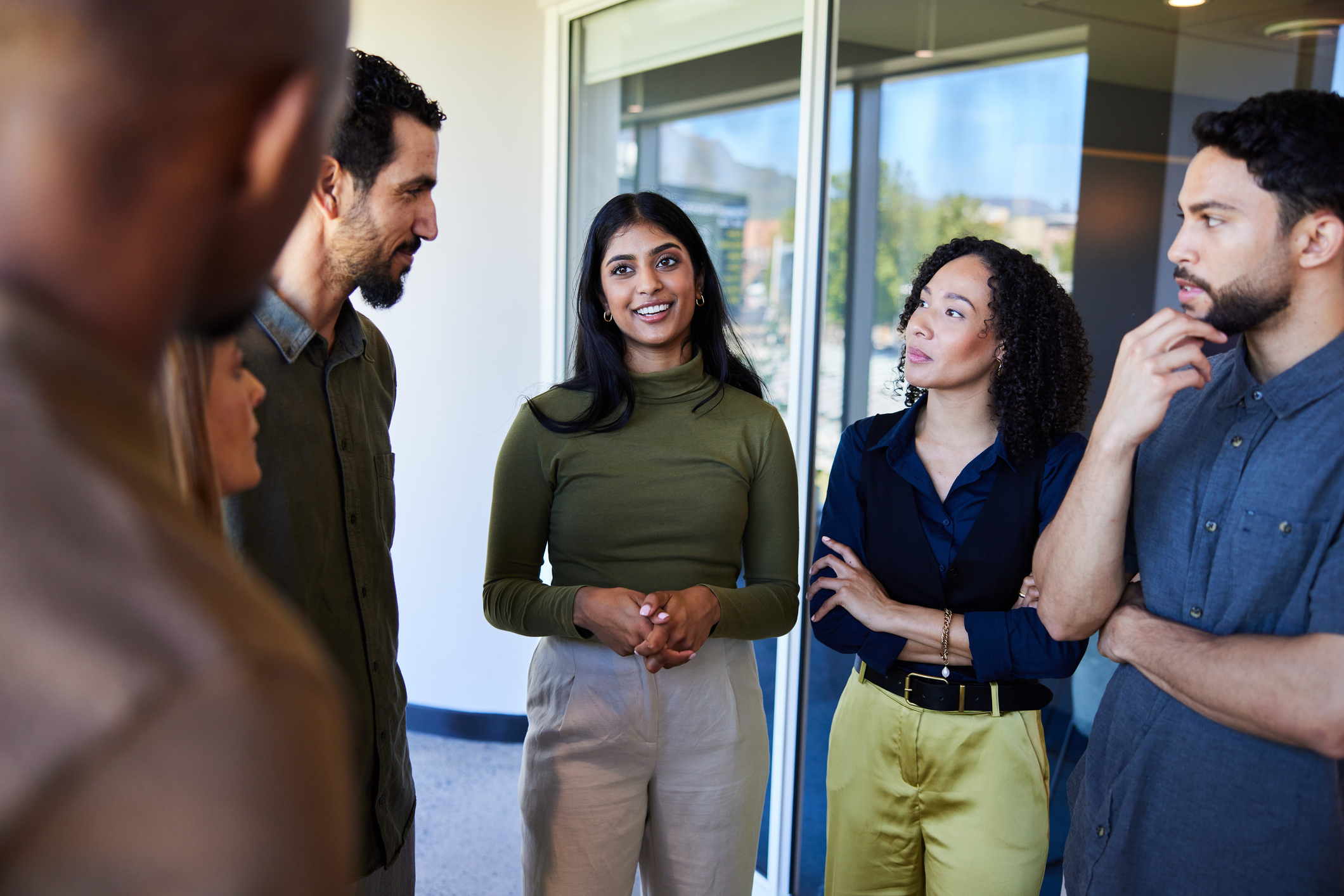
3 Tips for Engaging Audiences: Lessons from Retail and the Stage
Best Buy was able to hold their own against Amazon during the pandemic by introducing several new methods of product delivery, including customer pickup direct from the warehouse and Best Buy employees making home deliveries. Particularly during this time of isolation, people were looking to entertain themselves and their families, and even next-day shipping wasn’t fast enough for some.
The renowned Shakespeare Theatre Director Simon Godwin recently shared his perspectives on filming an adaptation of Romeo and Juliet for television. When the theater closed, he shifted to producing the play for PBS, and he talks about the differences when having actors remain still to be captured by the camera, and even how the volume of their voices was different, as they didn’t need to project in the same way.
What these two things have in common is that they followed three specific rules of audience-centered design.
1. You have to know your audience better than they know themselves.
The famous quote attributed to Henry Ford, “If I had asked customers what they wanted, they would have said a faster horse,” speaks volumes about product design. Audiences tend to know what they want, but they don’t typically know what they need. The Shakespeare Theater audience was likely expecting to see a stage version of the play, the Best Buy customers were likely expecting to wait at least a day to get their new purchases. But by identifying needs, both Simon Godwin and Best Buy were able to deliver dazzling experiences that the audiences didn’t even know they wanted. Knowing your audience beyond demographic information and really digging in to understand them from every angle is like unlocking a magic box that gives you access to experience design, marketing, and content that draws people to your event.
2. You must understand the job that the audience expects the event to do for them.
Clayton Christensen is one of the leaders of the Jobs to Be Done theory. Every audience hires an event to do a specific job for them. It might be learning, capturing leads, or building a coalition to advance an issue. At 360 Live Media we’ve defined 12 different jobs that audiences expect events to do that inform our design. Where it gets interesting is when you realize that the same event must do different jobs for multiple audiences. Understanding what the audience expects to accomplish helps you to determine formats, schedules, and overall experience. If they are there to network, make sure the sessions are interactive, and that there is plenty of dedicated time to connect. If they are there to learn, ensure that there is enough quiet time and down time between sessions for them to absorb the new content. The Best Buy customers expect Best Buy to deliver a product they want, and Best Buy delighted them by providing it at a speed they didn’t even imagine was possible. The Shakespeare Theater audience wanted to enjoy a timeless play, and it was provided to them in an engaging and meaningful way that was so much more than just a camera pointed at a stage.
3. Match the medium and the production to satisfy the needs and fill the job to be done.
Once Best Buy had identified that speed would give them a customer advantage, they needed to design the best way to accomplish this. The simple approach of allowing customers to go direct to the warehouse removed many existing barriers: overwhelmed shipping services, reduced on-site staff, overall logistics coordination, and cost. Best Buy understood that the proper channel to increase speed of delivery was by creating a path for customers to access the place where the products were currently stored. Simon Godwin quickly realized that the play would need to be produced in a different way to deliver a truly engaging experience for the audience. By producing like television instead of like theater, he designed a compelling show that has been met with rave reviews.
Our audiences aren’t one-size-fits-all, and our event design and delivery cannot be either. If people are looking for content and credits, perhaps a digital event is the way to go – with the proper production. If our sponsors need to get back in the mix to make sales, then we need to ensure we provide them with events designed with engineered serendipity to help them meet as many people as possible.
Satya Nadella, the CEO of Microsoft, says, “When you put humans at the center, you always make the right decisions.” Now, more than ever before, we must be designing our events for what our audiences both want and need.
--
There’s a new era for events and we’re here to help you create unforgettable experiences. Get the full details today.
Explore Our Latest Insights
Stay updated with our latest blog posts and trends.
.jpg)
Designing Relevant Event Programming That Meets Audience Needs
Relevant programming starts with understanding what your audience truly needs. Consider this your roadmap to a smarter, more impactful agenda

Designing Events for Community, Not Just Content
In a world overflowing with content, your event’s real value is its community. When it becomes the go-to place for collaboration, ideas move faster, relationships grow deeper, and attendees keep coming back.

Design for Impact: How Mission-Driven Organizations Can Modernize Their Annual Signature Events
Modernizing a flagship event isn’t about adding flash or new technology. It’s about rebuilding the connection between your audience, your mission, and the outcomes you want to achieve
